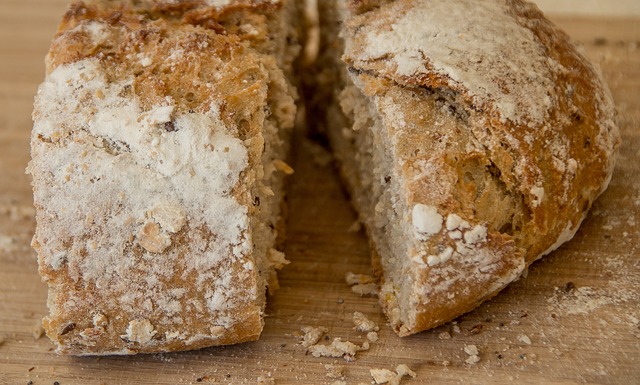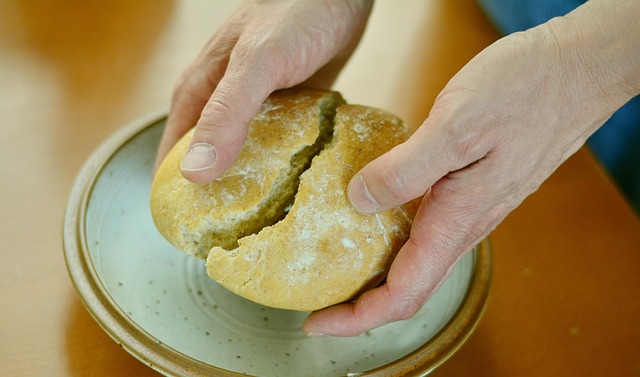
Feeding Sourdough Starter
Introduction
Sourdough bread has gained popularity for its unique flavor and texture, largely attributed to the use of a sourdough starter. Maintaining a healthy sourdough starter is essential for successful baking. This article outlines the key steps for feeding and caring for your sourdough starter to ensure it remains active and productive.
Understanding Sourdough Starter
A sourdough starter is a mixture of flour and water that captures wild yeast and bacteria from the environment. This natural fermentation process allows the starter to rise and develop flavor. Regular feeding is crucial to keep the yeast and bacteria alive and thriving.
Feeding Your Sourdough Starter
Feeding a sourdough starter involves adding fresh flour and water to the existing mixture. This process replenishes the nutrients that the yeast and bacteria consume during fermentation.
Basic Feeding Ratio
The most common feeding ratio is 1:1:1, meaning equal parts of starter, flour, and water by weight. For example, if you have 100 grams of starter, you would add 100 grams of flour and 100 grams of water.
Steps to Feed Your Starter
- Measure the Starter: Start by measuring out the amount of starter you wish to feed.
- Add Flour and Water: Mix in the appropriate amount of flour and water based on the 1:1:1 ratio.
- Mix Thoroughly: Stir the mixture until fully combined, ensuring no dry flour remains.
- Let It Rise: Cover the jar loosely and let it sit at room temperature for several hours until it becomes bubbly and doubles in size.
Storage Options
How you store your sourdough starter can affect its feeding schedule and activity level. There are two primary storage methods: room temperature and refrigeration.
Room Temperature Storage
If you bake frequently, keeping your starter at room temperature is advisable. This requires daily feedings to maintain its vitality. Ensure it is kept in a warm area, away from direct sunlight.
Refrigeration
For less frequent bakers, refrigeration is a practical option. A refrigerated starter can be fed once a week. Before using it, take it out, let it come to room temperature, and feed it at least once to reactivate the yeast.
Signs of a Healthy Starter
A healthy sourdough starter should exhibit the following characteristics:
- Bubbles: Active fermentation produces bubbles throughout the mixture.
- Doubling in Size: After feeding, the starter should double in size within a few hours.
- Pleasant Aroma: A healthy starter should smell slightly tangy, but not off-putting.
Using Discarded Starter
When feeding your starter, you may have excess starter that can be discarded. However, this "discard" can be utilized in various recipes, such as pancakes, waffles, or even pizza dough, minimizing waste and adding flavor to your meals.
Conclusion
Feeding and maintaining a sourdough starter is a straightforward process that requires attention and care. By following the outlined steps and understanding the needs of your starter, you can enjoy the benefits of homemade sourdough bread. Regular feedings and proper storage will ensure your starter remains active, providing you with delicious baked goods for years to come.

















 The Alarming Reality of Distracted Driving
The Alarming Reality of Distracted Driving 
 Health
Health  Fitness
Fitness  Lifestyle
Lifestyle  Tech
Tech  Travel
Travel  Food
Food  Education
Education  Parenting
Parenting  Career & Work
Career & Work  Hobbies
Hobbies  Wellness
Wellness  Beauty
Beauty  Cars
Cars  Art
Art  Science
Science  Culture
Culture  Books
Books  Music
Music  Movies
Movies  Gaming
Gaming  Sports
Sports  Nature
Nature  Home & Garden
Home & Garden  Business & Finance
Business & Finance  Relationships
Relationships  Pets
Pets  Shopping
Shopping  Mindset & Inspiration
Mindset & Inspiration  Environment
Environment  Gadgets
Gadgets  Politics
Politics 